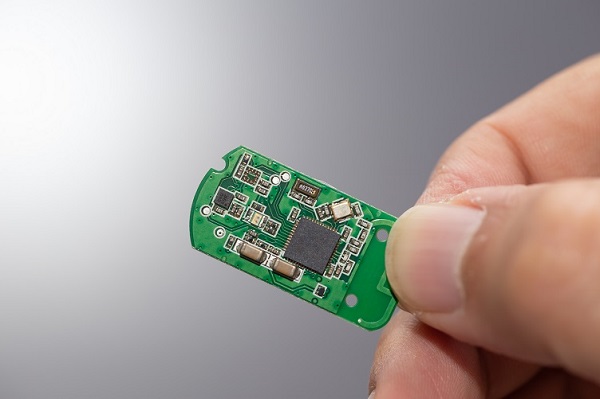7 Aspects of PCB Layout Best Practices to Improve PCB Manufacturing
By:PCBBUY 10/22/2021 09:11

Whether you are moving at a high speed or you're designing a high speed printed circuit board, good design practices are critical to preventing delays and unnecessary costs. In this article, we outline ten best practices of PCB design, most of which have stayed consistent for 25 years. These rules are in no particular order, can generally be applied to any PCB design project, and should prove as a useful guide both to veteran design engineers as well as makers alike.
If you are going to learn more information about PCB layout practice, please check and read the content for more professional knowledge. What are the factors for PCB layout practice? How to improve the manufacturing process of PCB board? Check this passage!
If you want to order PCB product, please check and custom your order online.

1. How to interconnecting PCB?
Board-to-board connectors, or “headers,” give PCBs the ability to be connected together without the use of wires or a harness. One board will have a connector with pins, while the other board will have the mating receptacle. While variants of these connectors can be used with wiring harnesses, their main benefit of a board-to-board header is providing a short and direct connection between the two circuit boards.
Board-to-board connectors are available in many different forms, depending on the needs of the PCBs they are connecting. They come in different packages, mounting styles, and pin pitches. For circuit boards with taller components, a designer can choose a correspondingly taller connector.
2. How to process components placement?
There are many PCB layout rules to consider during component placement. While general board layout guidelines tell you to place components in order of connectors, power circuits, precision circuits, critical circuits, etc, there are also several specific board layout guidelines to keep in mind.
Orientation
Be sure to orient similar components in the same direction as this will help with effective routing in PCB design. It also helps ensure an efficient and error-free soldering process during assembly.
Placement
Avoid placing components on the solder side of a board that would rest behind plated through-hole components.
Organization
It’s recommended to place all your surface mount devices (SMD) components on the same side of your board according to SMD PCB design rules. All through-hole (TH) components should be placed on the top side of your board to minimize the number of assembly steps.
3. How to fix the location part?
The first parts to be placed are those components that have specific locations designated by the mechanical input. These are often connectors, switches, LEDs, or other parts that either mate with other intra-system connections, or require human access.
4. How to certain the power supplies?
These parts need to be between the connectors that are bringing power onto the board, and those high-current components that they are supplying power to (such as the processor and memory chips). At the same time, the different power supply circuits should have some distance between them to avoid creating thermal hot spots on the board. Additionally, these components need to have some separation from sensitive digital circuitry to avoid contaminating them with power switching noise.
5. How to text differential signals?
Signals that are exactly the same but with inverted polarity with respect to each other are called differential signals. This is a technique used to reduce the noise and distortion that could be radiated into them through a communication path.
A common protocol that uses differential signals to transfer data is USB with signals D+ and D-.To maximize the benefits of a differential pair, these signals must be routed together with traces of the same length and same distance from any solid plane. This is done so both conductive paths have the same impedance.
6. What are the considerations of PCB layout?
The needs of the circuit board configurations within the system will dictate how the headers will be placed on each individual board. Here are some possibilities to consider:
· Boards that need to be parallel with each other will be stacked using straight pin headers.
· Boards that need to be side-by-side horizontally will be connected with right-angle headers.
· Boards that need to be positioned at right angles to each other will use a combination of a straight pin header on one board and a right angle mating connector on the other.
7. How to check the Gerber file?
When submitting PCB design files to the manufacturer, it is normally done by sending them files in Gerber format.
When you output these files from your PCB Layout software, it is a good idea to visualize them and compare them with your actual design. Sometimes the translation is not exactly the same as in your screen, however, most of the time the differences are insignificant.
Industry Category











